‘The Cult of Beauty’, currently at the Wellcome Collection in London, takes its name from a 1929 advert for Hazeline Snow. A whitening product fabricated by Burroughs, Wellcome & Co (Wellcome’s former pharmaceutical arm), its advert, on display in the exhibition, shows a woman in a frilly shower cap and quotes Goethe: ‘Beauty is the highest principle and the highest aim of art.’ Blink however, and you might miss it. Located in a digitised slideshow with 11 other posters, its airtime is only brief. To its right is a vitrine containing replica tubes of Hazeline Snow, moisturising creams, another advert and three rouge pots from America and France.
In their essay ‘Lots of Shiny Junk at the Art Dump’ (2019) the academics Lina Dzuvervoc and Irene Revell examine the overproduction involved in contemporary curation. Operating in a paradigm of growth and expansion, the ‘hungry’ art machine demands more and more ‘shiny junk’ at ever increasing speeds and volumes. The result is a landscape ‘in which quality is increasingly flattened […] welcoming good-looking art images and prominent branding to place product above process’.
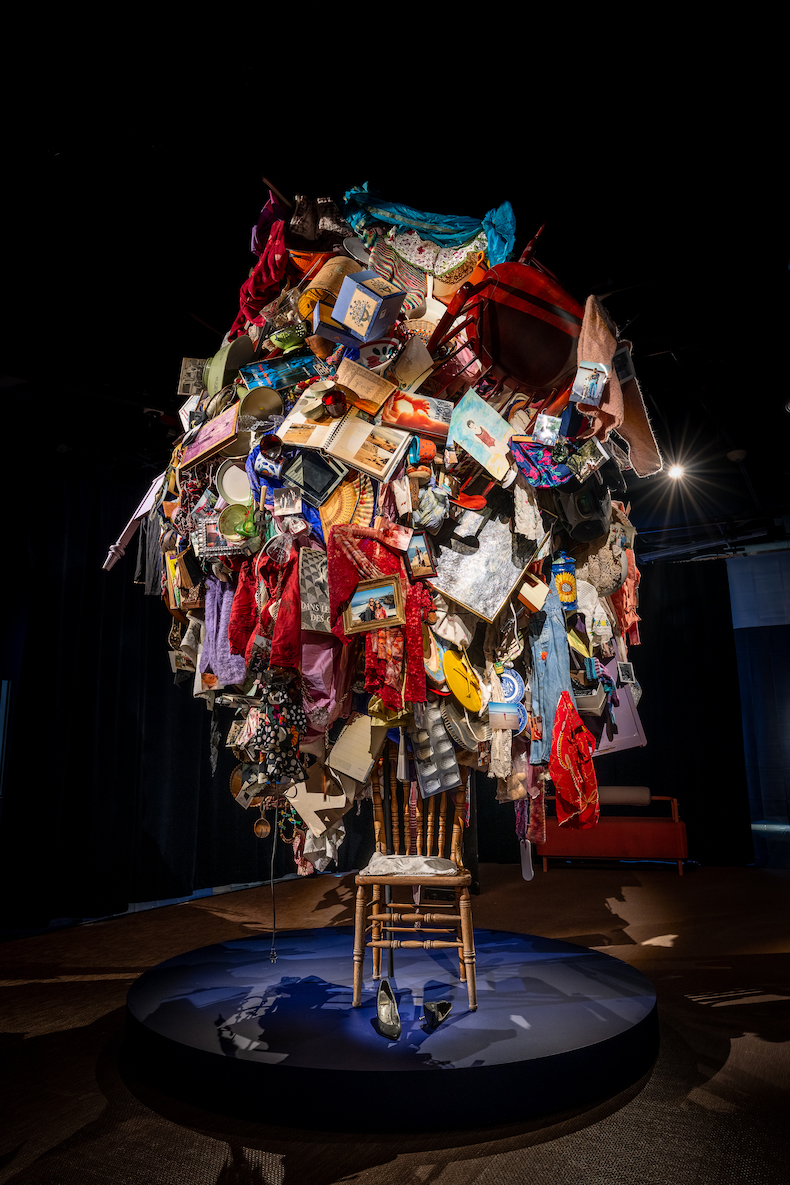
(Almost) all of my dead mother’s beautiful things (2023) Narcissister_Installation images The Cult of Beauty, Wellcome Collection (c) Benjamin Gilbert, 2023 (2023), Narcisster. Installation view at ‘The Cult of Beauty’ at the Wellcome Collection in 2023. Photo: © Benjamin Gilbert; © the artist
‘The Cult of Beauty’, which contains more than 200 objects and artworks, risks reproducing this dynamic; its sprawling curation is reminiscent of a busy department store. The aim of the show, to ‘complicate our understanding of beauty beyond the binaries of beautiful or ugly, natural or artificial’ and to be a ‘place that allows for multiple polarities, seeing beauty at both ends and everywhere in between’ is ambitiously vague. Its three sections: ‘The Ideals of Beauty,’ ‘The Beauty Industry’ and ‘Subverting Beauty’, could each be an exhibition in its own right, but instead feel indistinct and overlapping. It is all pulled together, however, by the branding and high-production design which consists of millennial-pink curtains, concrete walls and fashionable bouclé chairs.
The contents may not be for sale, but ‘The Cult of Beauty’ is full of shiny things. The first dimly-lit space (designed to resemble a spa) explores divine notions of beauty: The Black Madonna, Krishna and Saint Rose of Lima are explained incongruously through an Italian philosophy of ‘Bello e buono!’ before physiognomy, vanitas and alchemy are thrown into the mix. A lithograph of Diane de Poitiers, who consumed large quantities of ‘drinkable gold’ sits next to a glowing bottle of 24K Gold Serum made by Chantecaille. We learn that classical ideals of beauty (represented by replicas of statues of Venus and the Idolino) were invented in the Renaissance (an argument illustrated, perhaps oddly, by Hogarth’s engravings of The Analysis of Beauty). We then jump to Hermaphroditus, the intersex Greek god who is a reference point for the Colombian artist Carlos Motta. A diminutive sculpture by Motta is paired with Robin Black’s photograph of the transmasculine performance artist Cassil. While both works refer to the god, Motta’s delicate work has little in common with Cassil’s bravura. In an act of curatorial overkill, press releases complaining about the image’s censorship are pasted around the frame.
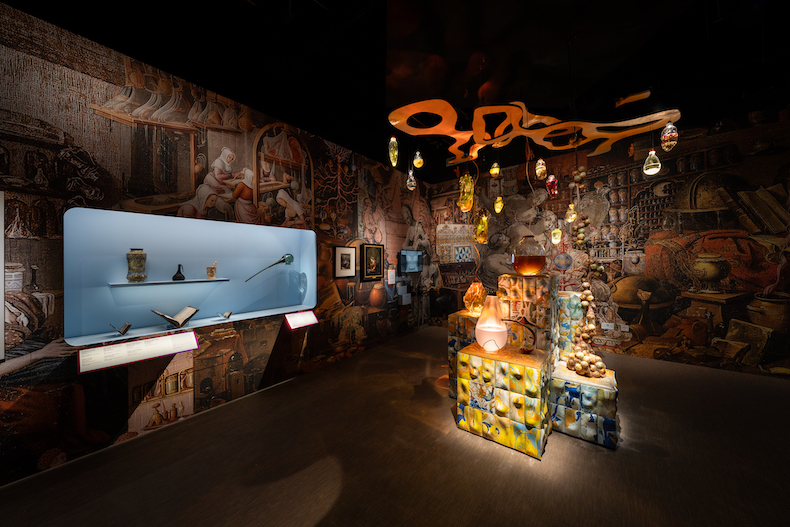
Beauty Sensorium by Renaissance Goo x Baum Leahy, commissioned by the Wellcome Collection and on view at ‘The Cult of Beauty’ in 2023. Photo: © Benjamin Gilbert
The exhibition is hung together like a moodboard – showing without telling or narrating any wider, sustained story about its subject. The lack of chronology seems to point to a lack of purposefulness. A kiosk-sized display of fashion magazines, corsets and men’s moustaches sits opposite a section on colonialism and whiteness curated and narrated by the writer Emma Dabiri (one of many guest voices in the show). We then jump to Josephine Baker and Rihanna’s Fenty Beauty brand. While these are important and interesting examples, none is given enough time or explanation. Next to them, an AI-generated animation by Cecile Waagner Falkenstrøm is hypnotic, but it’s also a distraction.
There are lots of brilliant artefacts and artworks here: beauty mogul Helena Rubenstein’s packed daily agenda (a woman who famously quipped ‘There are no ugly women, only lazy ones’) as well as a self-portrait by the contemporary painter Xu Yang after Élisabeth Vigée Le Brun. But the curation has a flattening effect that often squashes the effect of an artwork. Juno Calypso’s uncanny series called 12 Reasons You’re Tired All The Time, about the emptiness and disappointment of beauty, sits next to Raphael Albert’s genuinely joyful images of pageants. It is hard to take in the contrasts of cynicism and tenderness at the same time.
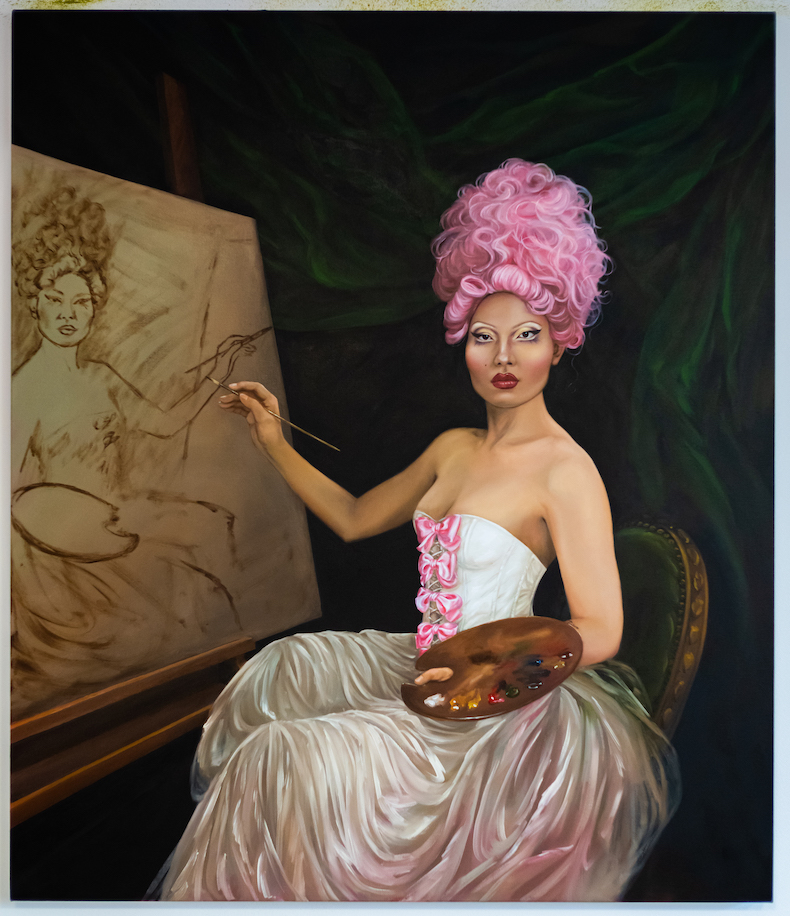
Perhaps We Are All Fictions in the Eye of the Beholder (2021), Xu Yang. © the artist
The show is not without a few gimmicks: most notably in the inclusion of Beauty Sensorium, a slightly monstrous installation by Renaissance Goo x Baum & Leah which combines early modern imagery of apothecaries with globular lights and ‘potions’ placed on marble tiles. Any appeal to sense and touch is overpowered by the visual overload.
The exhibition’s final section, ‘Subverting Beauty’, is the most promising, with three new commissions from artists exploring ‘the beauty that lives in us, individually and collectively’. None, however, seem to take us in new directions; it’s just more of the same. (Almost) all of my dead mother’s beautiful things, a giant mobile of clothes and belongings by Narcisster, is a thoughtful maternal tribute, but without room to breathe in the exhibition space, it feels more like a minimalist’s nightmare. The very last work in the show is an eight-channel video installation by Xcessive Aesthetics designed to look like the bathroom mirror of a nightclub. It flits between TikToks, online articles, deep fakes and mirrors that reflect exhibition-goers back to themselves. Like clubbers, many seem weary and dazed. It is time to go home.
‘The Cult of Beauty’ is at the Wellcome Collection, London, until 28 April 2024.
Unlimited access from just $16 every 3 months
Subscribe to get unlimited and exclusive access to the top art stories, interviews and exhibition reviews.


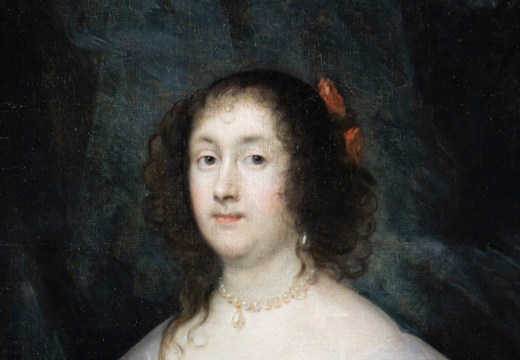
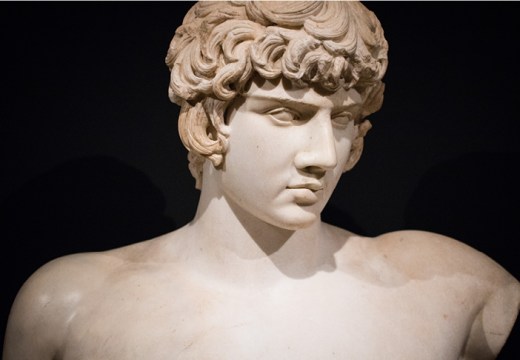
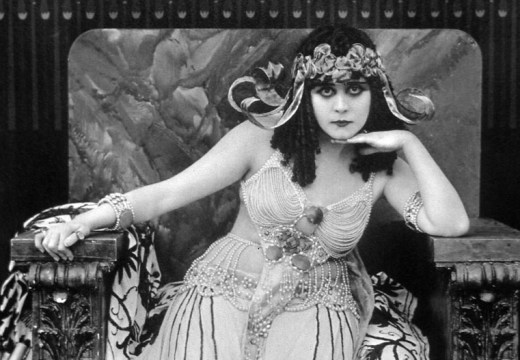









![Masterpiece [Re]discovery 2022. Photo: Ben Fisher Photography, courtesy of Masterpiece London](http://www.apollo-magazine.com/wp-content/uploads/2022/07/MPL2022_4263.jpg)
‘I am every conservator’s nightmare – that person who wants to touch the art’